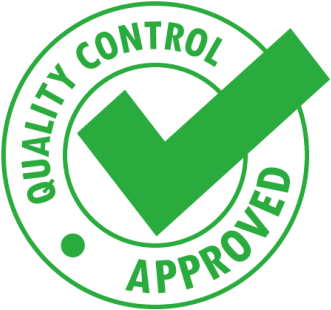BigLedger - Akaun Platform - Quality Control Checklist
In BigLedger, quality control (QC) is typically the responsibility of a dedicated Quality Control Team and integrated into the development process and performed by the development team. However, it is important that everyone in the company is aware of and adheres to the QC checklist to ensure that the final product meets the desired level of quality.
Some specific roles that may be responsible for following the QC checklist include:
-
Developers: They should ensure that the code they write meets the standards set out in the checklist.
-
Testers: They should use the checklist to ensure that the software is thoroughly tested and that any issues are identified and reported.
-
Project managers: They should use the checklist to ensure that the project is on track and that all deadlines are met.
-
Quality assurance (QA) team: They should use the checklist to ensure that the software meets the desired level of quality before it is released to the public.

It is also important that the entire team is involved in the process of creating and updating the QC checklist, so that everyone understands and is committed to meeting the standards it sets out. The document lists the steps that need to be taken to ensure that a product or service meets a certain level of quality. The contents of a QC checklist can vary depending on the specific product or service being produced, but generally, they include the following:
-
Usability: This section includes checks to ensure that the product or service is easy to use and understand. This includes checking that the user interface is intuitive and that the product or service is accessible to users with different abilities.
-
Functionality: This section includes checks to ensure that the product or service functions correctly and as intended. This includes checking that all features and functionality are working correctly and that there are no errors or bugs.
-
Performance: This section includes checks to ensure that the product or service performs well and is reliable. This includes checking that the product or service has good response times, can handle large amounts of data, and is stable.
-
Security: This section includes checks to ensure that the product or service is secure and protects user data. This includes checking that the product or service has been tested for vulnerabilities and that it meets industry security standards.
-
Compliance: This section includes checks to ensure that the product or service is compliant with any applicable laws, regulations, or standards. This includes checking that the product or service meets accessibility standards and that it is GDPR compliant.
-
Documentation: This section includes checks to ensure that the product or service is well-documented and that users can easily find the information they need. This includes checking that user manuals, help files, and other documentation are complete and accurate.
-
User Acceptance Testing: This section includes checks to ensure that the product or service is acceptable to the end-users. This includes getting feedback from users to make sure that the product meets their needs and expectations. an be easily installed, and that it is properly configured.
It’s worth mentioning that these are general contents, the checklist for your specific product or service might have different contents, but will be based on these general contents.